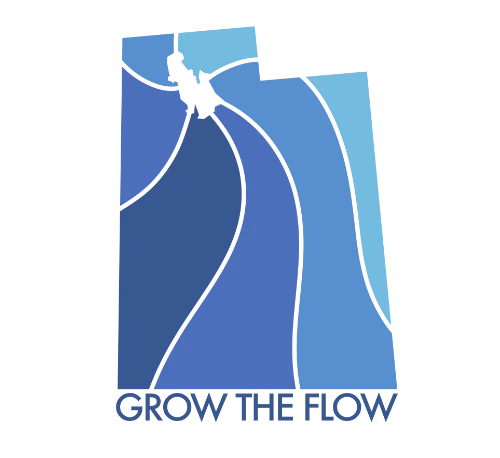Dam History and Politics
For over a century, dams have been bastions of development in the Western United States. They were signs of man’s domination over what had previously been considered untameable land. Dams could do the impossible: bring water where there had formerly been none. At face value, there was nothing wrong with them. Reclaiming water that would have otherwise been lost to the ocean should have been an excellent solution.
Dam building reached its peak in the 60s and 70s, but then slowly declined in the 80s. There were a few reasons for this decline. First, most rivers that could be dammed were dammed. Second, the loss of Glen Canyon to Lake Powell and the collapse of the Teton Dam in Idaho caused people to question the logic of building more dams.
For the past two decades, the western United States has been in the worst megadrought in the past 1200 years. Once again, the people are looking to dams to solve their problems. Earlier this summer, I drove through the Central Valley of California on a road trip. Driving along the freeways, I would frequently see political campaign signs that, almost without exception, all promised to build more dams. Their reasoning was that because of the high snowpack, all the runoff was flowing into the ocean, being wasted and lost. Dams would allow them to capture this water and use it within the state.
With a short-term perspective, dams are a great option for capturing water to use for things like irrigation, drinking water, or even electricity production (though recent research has called into question the sustainability of hydropower). However, until 1970, dam builders like the Bureau of Reclamation weren’t required to consider the environmental impacts of their projects. This led to the destruction of important ecosystems and natural resources. Dam building also brought about the displacement of many indigenous communities who had been assigned to those areas.
A Dam Proposal
Similar to lawmakers in California, those in Utah are looking at dams to bring more water to people near Great Salt Lake. For several years, there has been a back-and-forth discussion on whether or not to build a dam on the Bear River and create a new reservoir.
On paper, this new dam looks great. It could store up to 220,000 acre-feet of water each year from runoff. That would be great for supporting our increasing populations, alfalfa farming, and green lawns. However, this means that it would be preventing up to 220,000 acre-feet of water from getting to Great Salt Lake each year. This would be devastating for the lake and all forms of life that rely on it.
In order to reach the minimum healthy water level in Great Salt Lake (which the lake is currently sitting below), we need an additional million acre-feet of water per year. Damming up the Bear River would steal a quarter of that. That’s not viable for saving the lake. At the current moment, all water that isn’t being used needs to go to the lake. Quite frankly, a big chunk of the water that is currently being used also needs to go to the lake.
With the legislative session coming up in a few months, it is important that our legislators start hearing from us now that one of the last things Great Salt Lake needs is a dam. The lake needs more water, not less.
